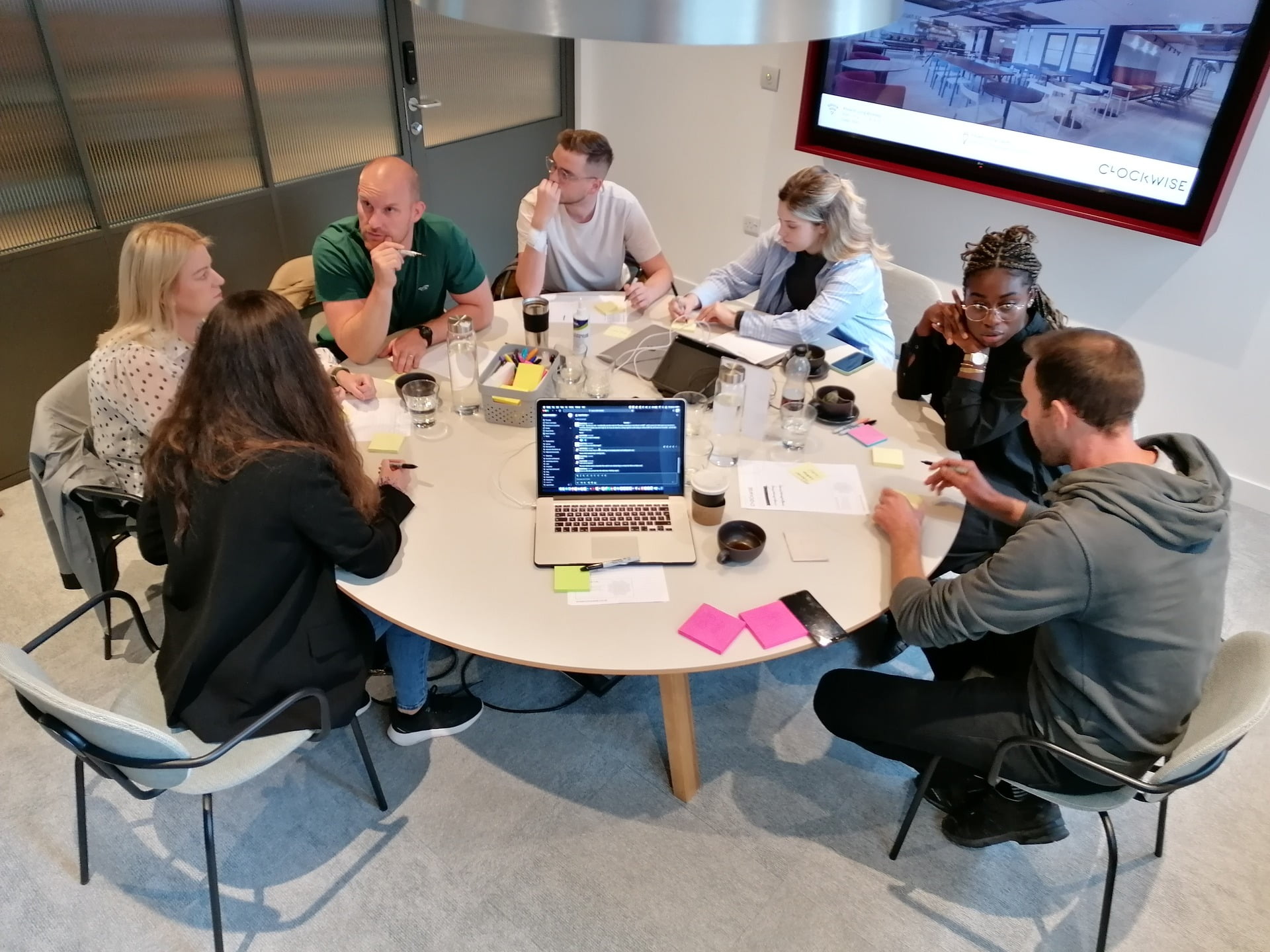
The Relationship Between UX and Change Management
Digital change moved faster than ever during the COVID-19 pandemic. A McKinsey Global Survey identified how companies were forced to accelerate the digitisation of customer and supply chain interactions and internal operations by up to four years.
This is expected to continue in the post-pandemic world. The government’s digital strategy highlights how the UK’s economic future and ability to compete in global markets depend on digital technology.
It also refers to its involvement in the Digital Skills Council, which seeks to show businesses and employing organisations that they must play an active role in keeping up with the fast pace of digital change.
Change management is an essential part of managing digital transformation. And it’s a big part of business success. 93% of organisations that report “excellent change management effectiveness” either meet or exceed their objectives.
But what if you need help with managing change? And how can a UX agency help with change management?
Read on to learn why the intersection of UX and change management is critical to the success of projects and how LION+MASON can help your business to achieve effective change management by improving UX.
What is UX?
UX stands for user experience. It covers the whole relationship between a product and the user. Tech companies particularly value UX, but the term can also be applied to any product people use or interact with.
When a UX designer evaluates a product, they consider the end-to-end process a user will go through. They put themselves into the user’s shoes, considering the following:
- The emotions a user might be feeling
- What the pain points might be
- What is the product helping the user achieve?
- Can the process be improved through UX design?
What is change management?
Change management is a framework that enables effective management of the people aspect of change. For a business change to be successful, the people affected by the change must be:
- prepared
- equipped
- supported
Often, business changes are announced by management at short notice, either verbally or via email. However, for change management to be effective, impacted people should be supported through the transition. This should cover all stages, from the current state to the planned future state.
Organisations facilitate change management in different ways, depending on the needs of the business. For digital products, this could be through new technology implementation for customers/clients or the workforce.
So, what part does UX play in change management?
The intersection between UX and change management
There are two critical ways in which UX relates to change management:
- Any new system must be user-friendly. If user experience is not prioritised, the redesigned system could be problematic. The more user-friendly a system is, the easier it will be to implement. If it’s not user-friendly, the change probably won’t stick.
- UX design and research can help communicate changes to the end users.
When a business engages with end-users early and often, it is likely to improve the discovery and design of the solution. Engaging with users also allows you to communicate that the change is happening and offers a forum for users to raise their concerns and give their opinions.
Users are critical to the success of adoption – they are likely to be more open to change if they feel their contribution is valued. This engagement will also help them to gain a better understanding of why the changes are necessary.
Simply put, a good UX agency effectively asks end-users to help design the next system. This helps to ensure the new design will meet their needs, and it also helps to gain their buy-in to the change. All of this can be achieved through UX activities.
UX activities for change management
With help from LION+MASON, you can work on anticipating problems and user needs before spending money on development.
Read on for an overview of UX activities that can help to save your business time and money.
- User research – analyses preferences, pain points and potential improvements.
- Service design – designing, aligning and optimising business operations to provide more robust support throughout customer and employee journeys.
- Journey mapping – understanding current processes and pain points, which helps with plans for optimising user journeys in the company’s future state.
- Concept and prototype design – Shareable concept designs, mock-ups and interactive prototypes can be used to get your ideas in front of internal stakeholders and customers/clients.
- User testing – testing with end-users and asking them to perform tasks helps to put new concepts through their paces. Enables quick identification of potential interface optimisation before a full launch.
- Iteration – making small changes gradually, based on insights such as user feedback and test results, and testing the changes against predefined baseline metrics.
Our change management process
Need ideas on how to implement effective change management? LION+MASON can help.
We offer a range of services which can be tailored to suit the needs of your business.
Our services include transitioning your business from its current state – the awareness and desire for change – into a transitional state – in which we use our rich skills and knowledge to show just what needs to be changed. Finally, we’ll show you how to make these changes stick in the future.
When it comes to change management, our process involves us ‘plugging in’ to your business. Under your guidance, we’ll work discreetly to identify how we can help you by:
- Assessing the internal alignment of your business by considering its overall goals and vision
- Looking at your legacy systems to understand any problems your client team may be experiencing
- Collating our findings and providing recommendations on implementing change and moving toward your desired future state.
Want to know more? Contact us today to learn how to bridge the gap between UX and effective change management.
